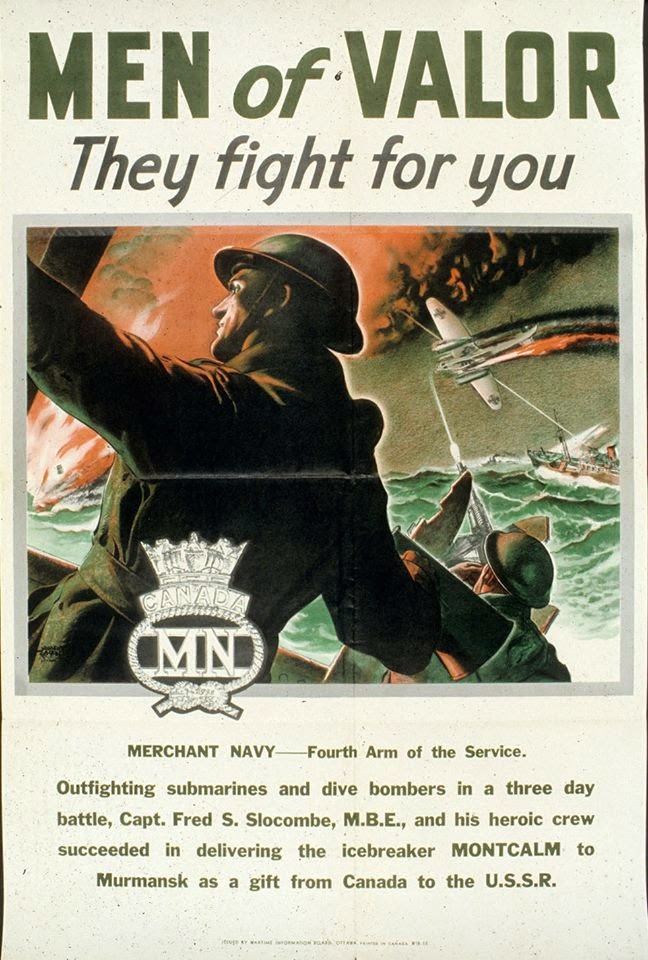Some background can be found here and here.
Churchill never went to art school. Beginning his painting career at age 40, he lacked the spare time to go through academic or any other art school hoops. But he did get a bit of coaching by the likes of Sir John Lavery, Walter Sickert and Sir William Nicholson.
He submitted paintings to exhibitions on a few occasions, using a pseudonym, and had some of his work accepted. These days some of his paintings have been auctioned at more than half a million pounds.
Churchill mostly painted outdoors scenes. He did a few interiors, but I am unaware of still lifes or portraits, so these latter are either few or non-existent. He clearly put a lot of work into a number of his paintings, as noted in the final link above. Apparently his work was respected by a number of contemporary artists. As for me, I find too much of the understandably amateurish in Churchill's paintings. For instance, he includes too much sky in a number of his compositions and his depiction of architecture is too superficial for my taste. Even so, I appreciate that Churchill was a man of such well-rounded accomplishment.
The paintings below are probably copyrighted, and I include the images to so that readers might better understand what is under discussion here.
Churchill at his easel
A Study of Boats - 1933
Scene on the River Meuse
A View from Chartwell - 1938
Chartwell was Churchill's country home in Kent.
A corner of the drawing room, Chartwell - c. 1938
The Tower of Katubia Mosque - 1943
Painted in conjunction with his trip to Morocco for the Casablanca Conference. The scene here is in Marrakesh.




















































